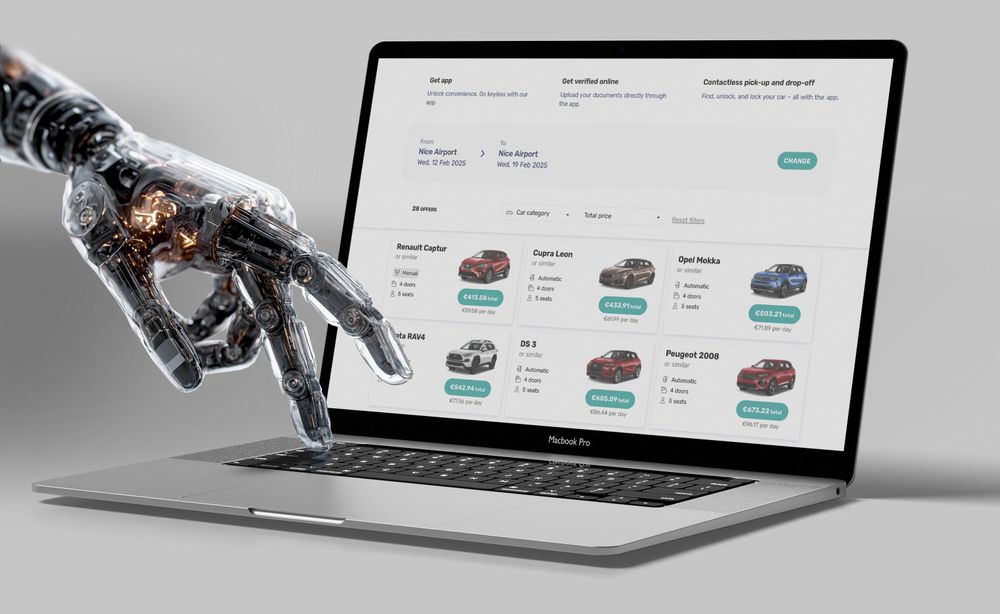Usage-based insurance is car insurance where your premium is determined by how well and how much you drive. Rather than relying on fixed personal factors such as age, driving history or location, UBI uses real-time data collected through telematics to assess driving behaviour.
Insurers gather telematics data through smartphone apps, built-in vehicle systems or plug-in devices connected to a car’s OBD-II port. This includes factors such as speed, acceleration, braking, cornering and phone use. Insurers also monitor driving patterns such as distance travelled, time of day, and frequency of trips.
UBI programmes generally fall into two categories: pay-how-you-drive (PHYD) and pay-as-you-drive (PAYD). PHYD focuses on the safety of your driving, while PAYD is based primarily on mileage. A specific example of PAYD is mile-based insurance, which considers only how much you drive, rather than how well.
After an initial monitoring period, you may receive a personalised quote based on your driving score, which is calculated using telematics data. For instance, if you drive only 200 miles in a month and consistently stay within speed limits, the system may identify you as a low-risk driver, potentially qualifying you for lower premiums. Drivers who maintain safe habits and drive less frequently are more likely to benefit from reduced premiums, whereas riskier behaviours, such as frequent night-time or rush hour driving, may lead to increased costs. A good example of a UBI tool that rewards safe driving is Progressive’s Snapshot programme or Allstate’s Drivewise.
While usage-based insurance can help drivers save money, it also comes with a few challenges. Telematics systems sometimes mislabel actions like hard braking or swerving to avoid a pedestrian or animal as risky driving because they do not capture the full context. On top of that, some people may feel uneasy about sharing their driving data with insurers because of privacy concerns.



